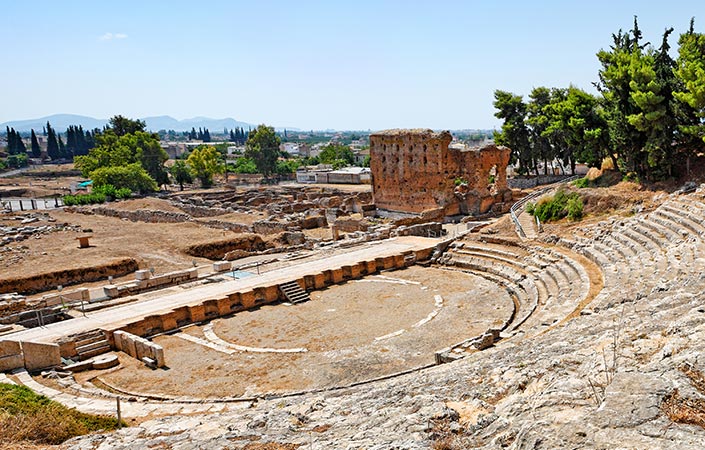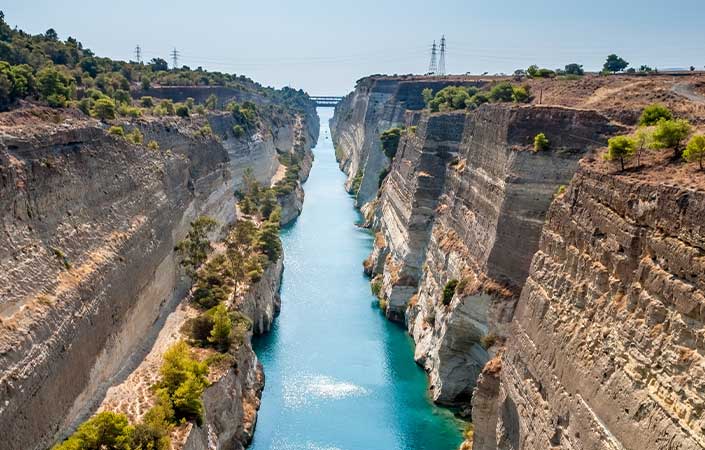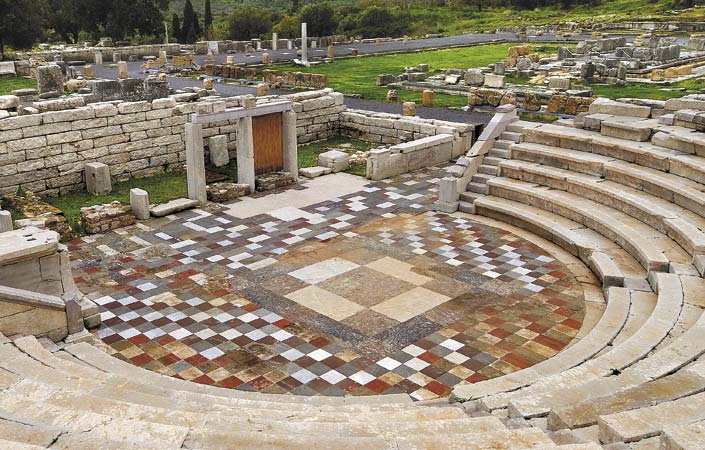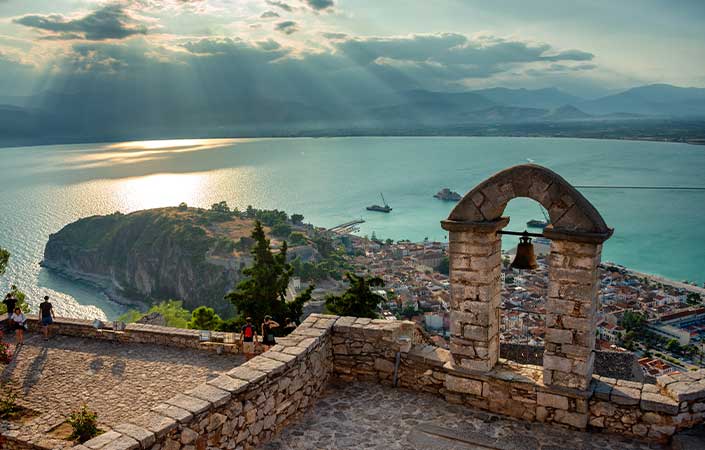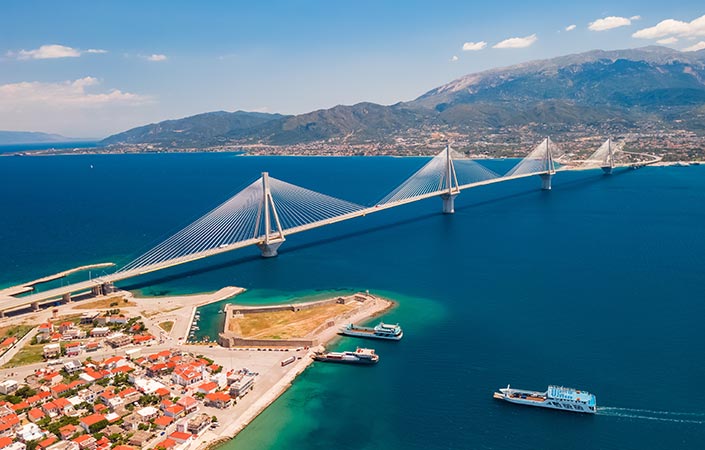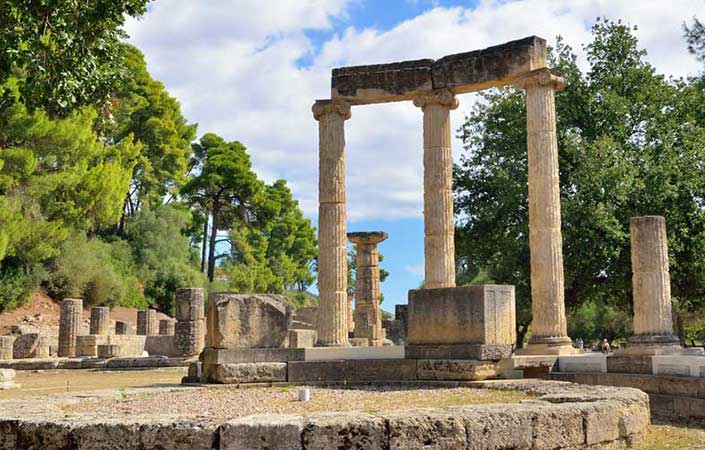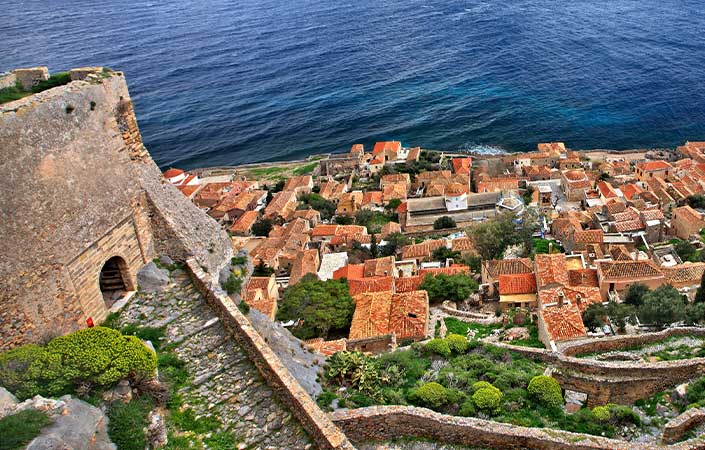Peloponnese
The largest peninsula in Greece, the southern part of which is separated from Central Greece by the Isthmus of Corinth. It has an area of 21,439,192 km2. This geographic area is divided administratively into seven prefectures: Argolida, Korinthia, Arcadia, Ilia, Lakonia and Messinia.
Peloponnese is formed on its coasts by large bays, which give it the characteristic shape of a platanus tree leaf. It is primarily a mountainous area but forms many large fertile plains. The mountains of Peloponnese are a continuation of the mountains of Central Greece. The highest mountain of Peloponnese is Taygetos. (2.407m.).
The coasts of Peloponnese are divided, with deep gulfs and most important of them are Patraikos, Corinthian, Kyparissiakos, Laconian and Argolic.
The climate of Peloponnese is generally Mediterranean. In the western part and particularly in the coastal areas, the Mediterranean climate type prevails. In the central mountain complex, the climate is cold with frosts and snow during the winter, while the western parts have much more rain and hotter summers. The eastern part has a terrestrial Mediterranean climate with few rains and poor vegetation.
